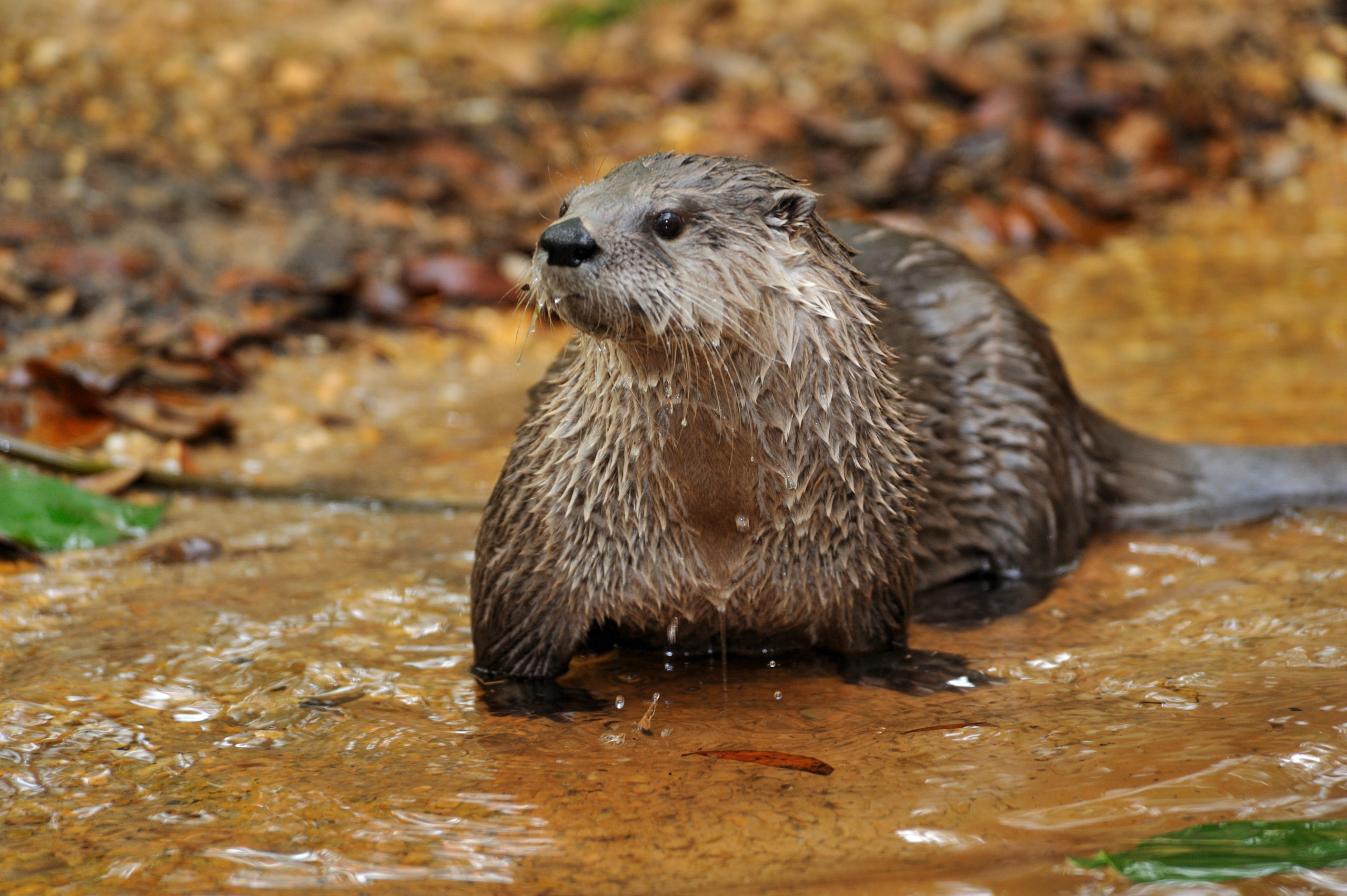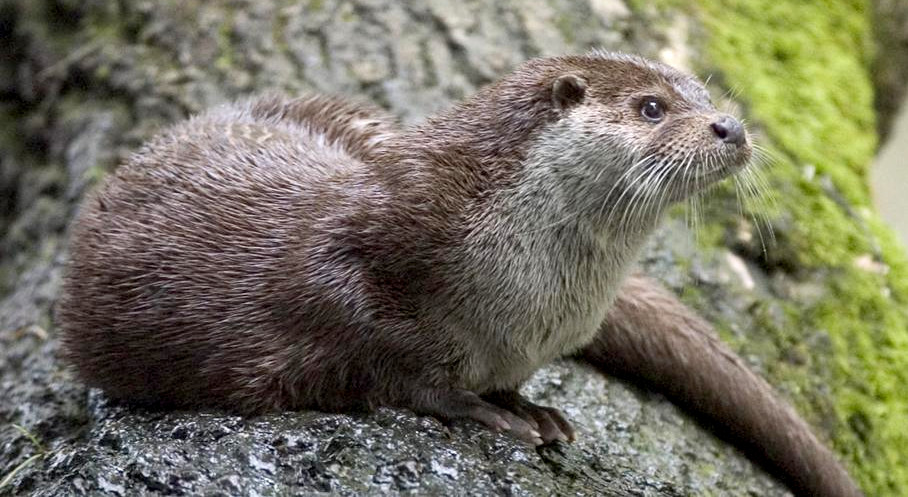No, otters are not rodents. They are actually members of the Mustelidae family.
Otters hold a fascinating spot in the animal kingdom, balancing the ecosystem and capturing the hearts of wildlife enthusiasts worldwide. With their distinctive webbed feet, dense fur, and playful antics, these semi-aquatic creatures stand apart from their distant rodent cousins.
Understanding the differences between otters and rodents can enrich our knowledge of biodiversity and the importance of species conservation. Otters, which include various species such as the sea otter and river otter, are vital for maintaining healthy aquatic systems. As top predators, they help control fish and invertebrate populations, showcasing the intricacies of the food web. Their role in their natural habitat underscores the interconnectedness of life and the need for environmental awareness.
Are Otters Rodents Or Mammals?
Otters are often confused with rodents due to certain physical similarities such as their sleek, furry bodies and webbed feet. This confusion is a common misconception; in reality, otters belong to the mammalian family Mustelidae, which includes weasels, badgers, and ferrets. Otters are distinguished by several key mammalian traits such as their ability to regulate body temperature and their possession of a neocortex, a part of the brain that is associated with higher order brain functions.
Their classification as mammals is further affirmed by their live birth reproductive style and nursing behaviors, as otters give birth to live young and the females nurse their offspring with milk. Unlike rodents, otters also sport a dense fur coat that provides insulation in aquatic environments and a highly-developed social structure, which is characteristic of many mammalian species but not typical of rodents. Understanding the unique place of otters within the mammalian hierarchy is essential to dispelling the misconceptions surrounding their classification.
Otter Family Lineage
Otters are frequently misclassified as rodents due to their sleek fur and nimble movements. Yet, this perception is inaccurate. Otters belong to the Mustelidae family, which includes other carnivorous mammals such as weasels, badgers, and ferrets. Their classification within the animal kingdom hierarchy is distinct from rodents like mice and rats, which are part of the Rodentia order.
Further exploration of otter species reveals their diverse taxonomical branches. The genus Lutra includes the well-known Eurasian otter and the North American river otter, while the genus Aonyx is home to the clawless otters. The enchanting sea otter, which is expert at using tools, falls under the genus Enhydra. These species illustrate the rich evolutionary paths and specialized adaptations within their lineage.
Characteristics Of Rodents
Rodent characteristics are distinguished primarily by their pair of continuously growing incisors in each of the upper and lower jaws which must be kept short by gnawing. This feature is not found in any other type of animal, making it a unique hallmark of the rodent family. Rodents are also known for their powerful chewing muscles, highly adaptable behaviors, and rapid reproduction rates.
Examples of rodent species include the well-known house mouse (Mus musculus), the Norway rat (Rattus norvegicus), and the North American beaver (Castor canadensis). These create a diverse group that can be found in various habitats across the globe.
| Rodent | Otter |
|---|---|
| Continuously growing incisors | No growing incisors |
| Primary diet of seeds and plants | Diet consists mostly of fish and aquatic animals |
| Adapted to burrowing | Adapted for swimming |
| Includes mice, rats, beavers | Includes sea otters, river otters |
This clear distinction in physical and behavioral traits illustrate why otters are not classified as rodents. Instead, otters belong to the weasel family, known scientifically as Mustelidae, which also includes badgers, ferrets, and wolverines. Otters are thus part of a completely different family, with their own set of unique characteristics.

Credit: blog.nature.org
Otter Anatomy And Behavior
Otters exhibit several physical attributes that are distinct from those of rodents. Notably, their sleek, streamlined bodies are well-adapted for aquatic environments. Otters possess a dense, water-repellent fur that aids in keeping them dry and warm. Unlike rodents, otters have webbed feet and a powerful, flattened tail that propel them through water with remarkable agility.
Behaviorally, otters are known for their playful nature, a trait not commonly associated with rodents. They engage in activities such as sliding down banks and juggling pebbles, which highlight their dexterous paws. Otters are social animals, often living in groups, while many rodents are solitary. Their use of tools, such as rocks to break open shellfish, further sets them apart, showcasing their remarkable problem-solving abilities.
Habitat And Adaptation
Otters are often mistaken for rodents due to their appearance and semi-aquatic lifestyles. Unlike rodents, otters inhabit diverse environments ranging from marine coastal regions to freshwater rivers and streams. They are highly adaptable creatures with homes called ‘holts’ positioned close to the water’s edge. These smart mammals utilize their environment to their advantage, including using rocks as tools to open shellfish.
Rodents, on the other hand, display a different set of adaptations. They typically have strong incisors that grow continuously, enabling them to gnaw through various materials. Their adaptation strategies involve burrowing and nesting in diverse habitats that range from forests to urban areas.
The distinctions in living environments and adaptation strategies between otters and rodents highlight the uniqueness of each species, despite superficial similarities. Understanding these differences helps clarify the biological classification and ecological roles of each.
Conservation Efforts For Otters
Otters play a crucial role in their ecosystems, serving as both predators and indicators of environmental health. These charismatic creatures contribute to the balance by preying on fish and invertebrates, which helps to maintain healthy fish populations and aquatic ecosystems. Their role in ecosystem dynamics cannot be overstated, as otters can also boost seagrass bed resilience by controlling crab populations, encouraging seagrass growth.
Threats to otter populations vary globally and include habitat destruction, pollution, and climate change, thus undermining their numbers and the balance in their habitats. Conservation measures such as habitat protection, pollution control, and legal protections have been established to safeguard otter species around the world. Furthermore, education and awareness campaigns are pivotal to dispel myths and public misconceptions about otters, which can otherwise impede conservation efforts.
Educating the public about the non-rodent classification of otters and their pivotal role is essential for their survival. Misunderstandings can lead to a lack of support for conservation programs or can result in direct harm through poaching and habitat destruction. As such, ongoing awareness and education are integral parts of conservation strategies to ensure otters remain an integral part of their ecosystems for generations to come.
Frequently Asked Questions On Are Otters Rodents
Are Otters Considered Rodents?
No, otters are not considered rodents. They belong to the Mustelidae family, which includes weasels, badgers, and ferrets. Otters are semi-aquatic mammals, distinguished from rodents by their carnivorous diet and different dental structures.
What Family Do Otters Belong To?
Otters are part of the Mustelidae family. This family is known for its members being small to medium-sized carnivores, unlike the herbivorous rodent family.
How Do Otters Differ From Rodents?
Otters differ from rodents primarily in their carnivorous diet and dental anatomy. Additionally, otters have a streamlined body for swimming and webbed feet, which are not characteristics of rodents.
What Is The Main Diet Of Otters?
Otters mainly eat fish and invertebrates. Their diet can also include birds and small mammals, reflecting their carnivorous nature, which sets them apart from the generally herbivorous diet of rodents.
Conclusion
Understanding the distinctions between otters and rodents clears up a common misconception. Otters, as part of the Mustelidae family, differ significantly from rodents in various biological and behavioral aspects. This clarification enhances our appreciation of the rich diversity within the animal kingdom.
Remember, otters are mustelids, not rodents — a fact as intriguing as the creatures themselves.

